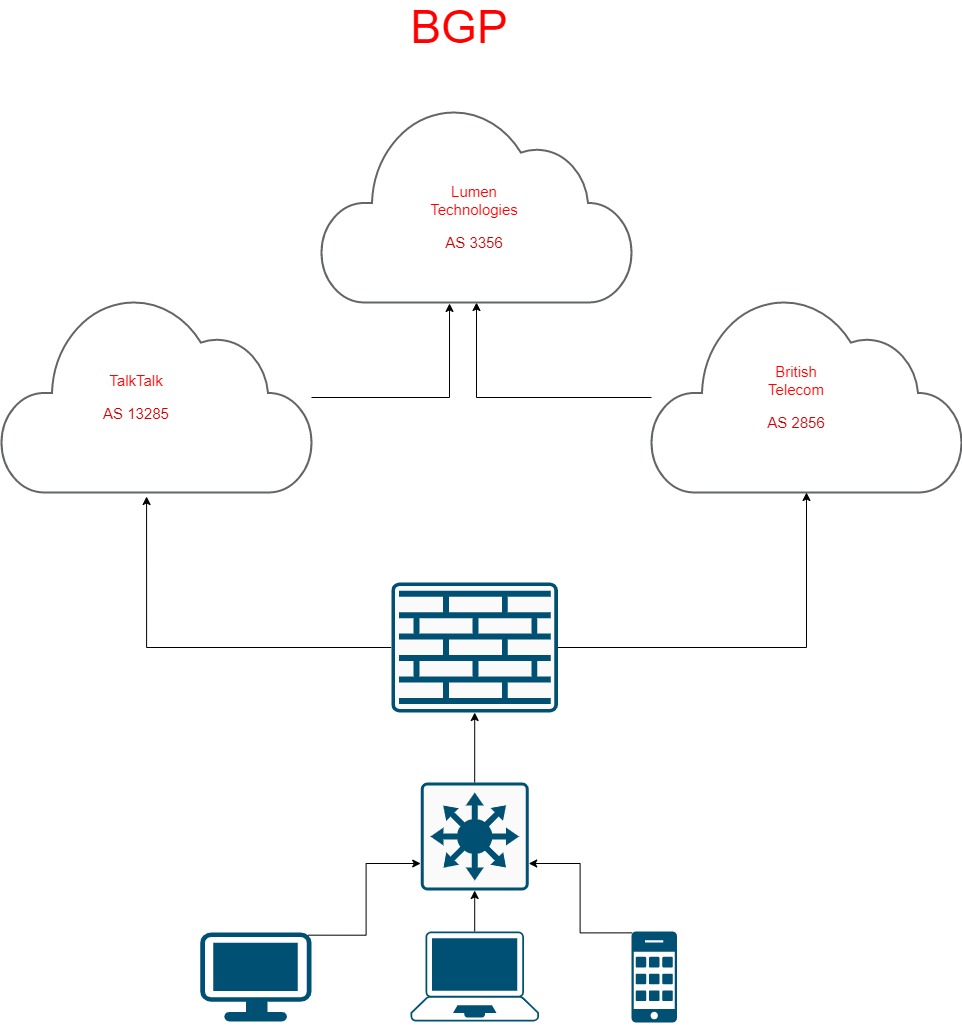The Border Gateway Protocol (BGP) is one of the most important protocols used for routing data across the internet. It is responsible for directing traffic between different networks and is an essential component of the global internet infrastructure. In this article, we will explore the history of BGP and how it came to be the backbone of modern internet routing.
In the early days of the internet, there was no centralized control over the routing of data between networks. Each network was responsible for managing its own internal routing, and traffic was passed between networks through a series of informal agreements and peering arrangements. This decentralized approach to routing worked well in the early days of the internet, but as the network grew and became more complex, it became clear that a more structured approach was needed.
The first attempt to develop a formal protocol for internet routing was the Exterior Gateway Protocol (EGP), which was developed in the 1980s. EGP was a simple protocol that allowed networks to exchange routing information and establish connections with each other, but it had several limitations. For example, it could only handle a limited number of routes, and it did not support complex routing policies.
In the late 1980s, a group of engineers at IBM led by Kirk Lougheed and Yakov Rekhter began working on a new routing protocol that would address these limitations. Their goal was to create a protocol that would be scalable, flexible, and extensible, and that could handle the growing complexity of the internet. The result was the Border Gateway Protocol (BGP), which was first introduced in 1989.
BGP was designed to be a successor to EGP, and it included several key innovations that made it a more robust and flexible protocol. One of the most important of these was the concept of “path vector” routing, which allowed BGP to support complex routing policies and to handle a much larger number of routes than EGP.
Path vector routing works by attaching a set of attributes to each route that is advertised between networks. These attributes include information about the network path, such as the autonomous system (AS) numbers that the route traverses, as well as information about the network’s routing policies, such as the preferred exit points for traffic. By exchanging this information, networks can build up a detailed picture of the entire internet routing landscape, and can make informed decisions about how to route traffic between networks.
BGP also introduced several other important features that made it more reliable and easier to manage than EGP. For example, it included mechanisms for detecting and recovering from routing failures, and it introduced the concept of route aggregation, which allowed networks to summarize groups of routes into a single entry.
BGP quickly became the dominant protocol for internet routing, and it remains in widespread use today. However, it has not been without its challenges. One of the biggest issues with BGP is the potential for misconfiguration or malicious routing attacks, which can cause traffic to be misdirected or hijacked. There have been several high-profile incidents in which these vulnerabilities have been exploited, leading to major disruptions in internet traffic.
To address these issues, there have been ongoing efforts to improve the security and reliability of BGP. For example, the Internet Engineering Task Force (IETF) has developed a set of security extensions for BGP, known as BGPsec, which can help to prevent route hijacking and other types of attacks. In addition, there are ongoing efforts to develop new routing protocols that can complement or replace BGP, such as the Locator/ID Separation Protocol (LISP) and the Path Computation Element Protocol (PCEP).
Despite these challenges, BGP remains an essential component of the global internet infrastructure, and it is likely to continue to play a critical role in internet routing for many years to come.
Check pot out Udemy Juniper JNCIS-SP with BGP
look at our post on Juniper and DHCP







